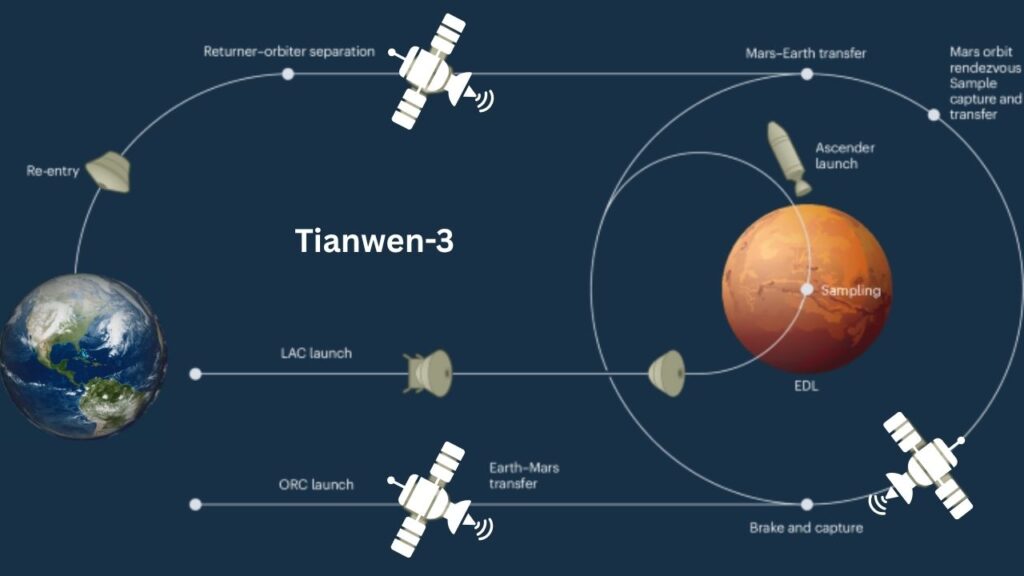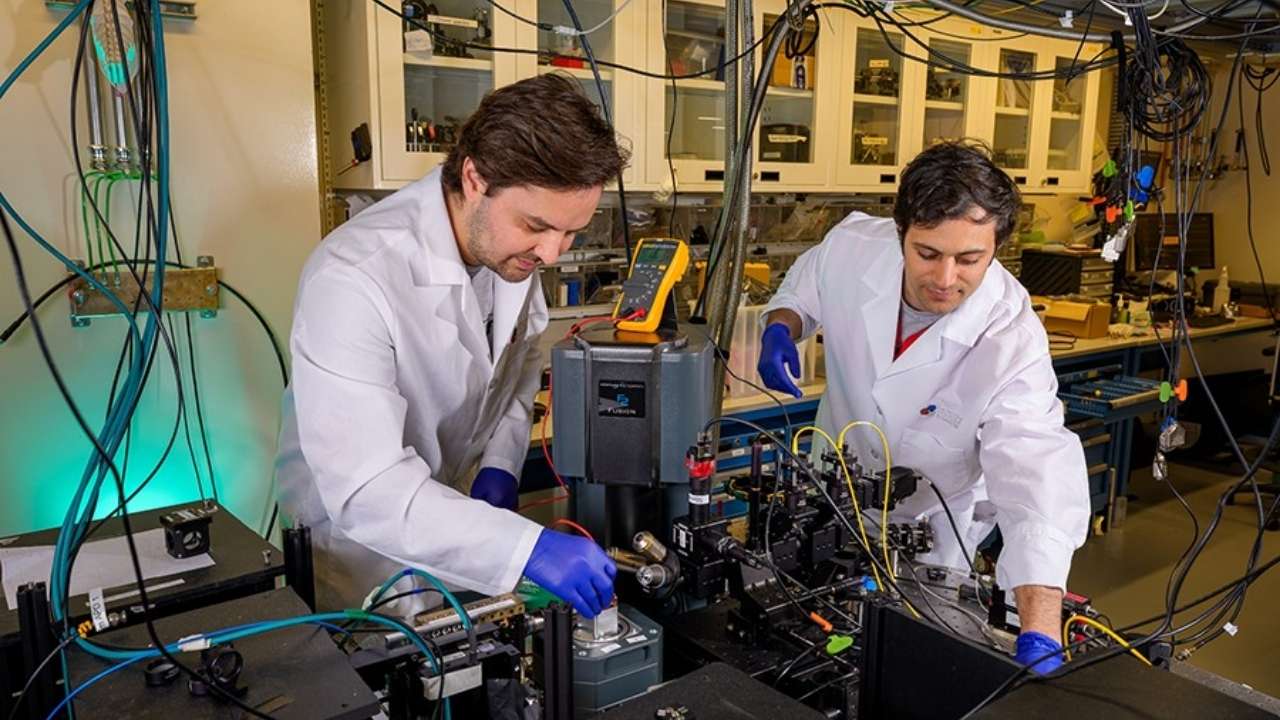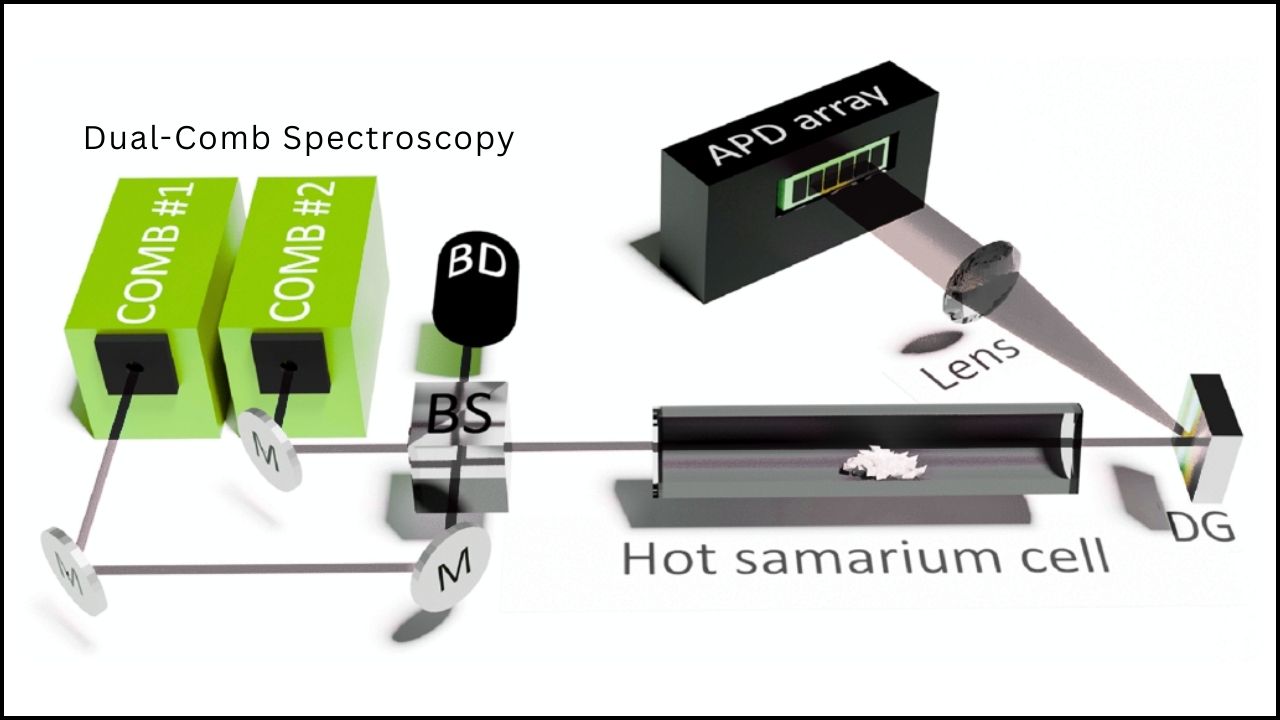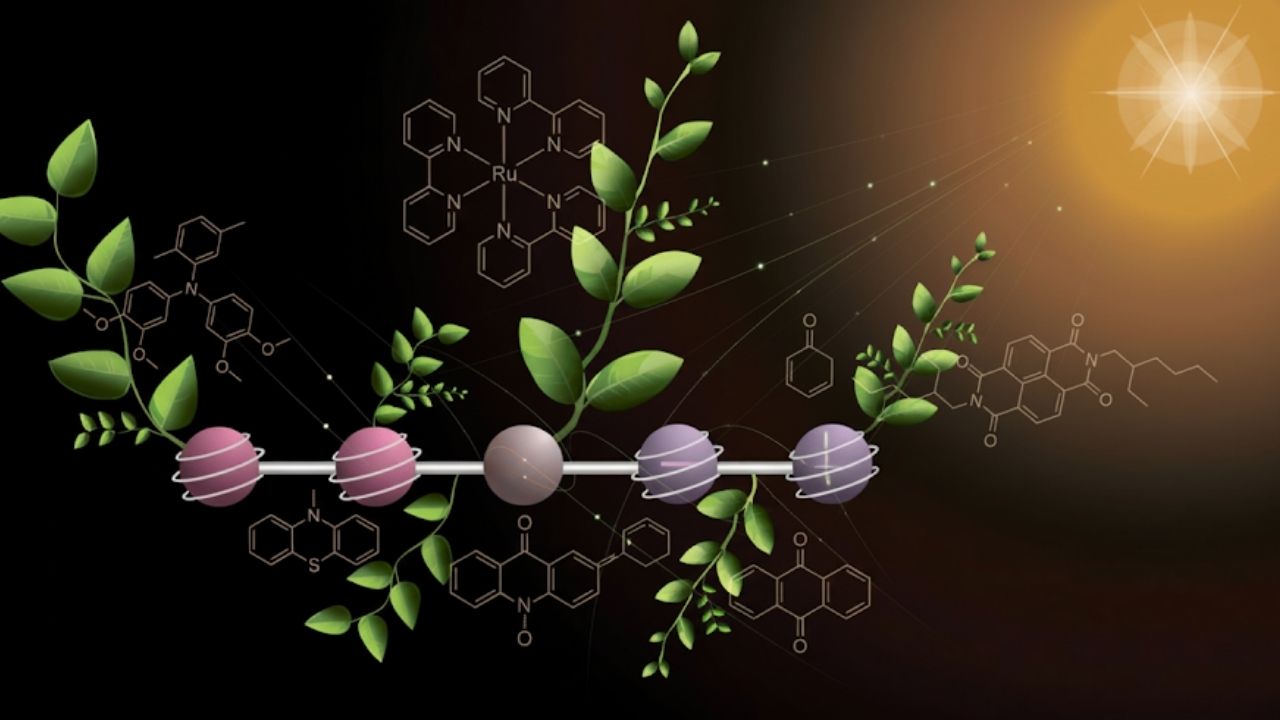China’s space program has surged into the global spotlight in 2025, achieving a record-breaking 16 launches and unveiling bold plans to return samples from Mars. This new era of Chinese space exploration is not only about numbers—it’s about technological innovation, international collaboration, and a vision to lead humanity’s next great leap beyond Earth. Whether you’re a student, a professional, or simply a space enthusiast, understanding China’s latest achievements and ambitions offers valuable insights into the future of science, technology, and global cooperation.

China’s Space Program Heats Up With 16 Launches and Mars Sample Return Plans
| Topic | Details |
|---|---|
| Number of launches in 2025 | 16 |
| Mars Sample Return Mission | Tianwen-3, launching in 2028, samples return by 2031 |
| Mission architecture | Two launches: lander/ascent vehicle & orbiter/return module |
| Sample collection goal | At least 500 grams of Martian soil and rock |
| Main scientific goals | Search for life, study geology, climate, and internal processes |
| International collaboration | Open invitations for global scientists, shared research opportunities |
| Technological innovations | Use of robotic helicopter, deep drilling up to 2 meters |
| Comparison with NASA/ESA | China’s samples may return years ahead of NASA/ESA’s delayed timeline |
| Career/Professional impact | Growing opportunities in space science, engineering, and international cooperation |
China’s space program in 2025 is a testament to rapid progress, vision, and global ambition. With 16 launches and the Tianwen-3 Mars Sample Return Mission poised to make history, China is setting new standards for space exploration. The program’s focus on technological innovation, international collaboration, and scientific discovery is reshaping the global space landscape and creating exciting opportunities for the next generation of explorers, scientists, and entrepreneurs.
China’s Space Program: Setting the Pace for a New Space Age
A Record Year: Why 16 Launches Matter
In 2025, China successfully completed 16 launches—a feat that only a handful of countries have ever achieved. These launches serve a variety of purposes, from deploying satellites for navigation and communication to sending scientific payloads and preparing for deep space missions. Each launch demonstrates the reliability of China’s Long March rocket family and the growing sophistication of its mission planning.
Why is this significant?
- Technological Reliability: Frequent launches mean China is mastering the logistics and engineering of space travel.
- Strategic Capability: High launch rates support national security, economic development, and scientific research.
- Global Leadership: China is now a leading contender in the international space community, alongside the United States and Russia.
The Broader Context of China’s Space Ambitions
China’s space program is managed by the China National Space Administration (CNSA), which oversees everything from Earth observation satellites to lunar and planetary exploration. The CNSA’s vision is not only to advance science and technology but also to foster international cooperation and inspire the next generation of scientists and engineers.
The Tianwen-3 Mars Sample Return Mission: An In-Depth Guide
What Is the Tianwen-3 Mission?
Tianwen-3 is China’s most ambitious interplanetary project to date. Its goal is to collect samples from the surface of Mars and return them safely to Earth. This mission is a technological and scientific challenge that, if successful, will mark the first time any country has returned material from the Red Planet.
Mission Timeline and Milestones
- 2028: Two rockets are scheduled to launch from Hainan Island, China.
- 2029: The spacecraft arrive at Mars; the lander descends to the surface while the orbiter remains in Mars orbit.
- 2030: Sample collection and ascent from Mars.
- 2031: Return capsule lands on Earth with Martian samples.
Step-by-Step Mission Architecture
1. Dual Launches for Redundancy and Efficiency
- Lander/Ascent Vehicle: This craft will land on Mars, collect samples, and launch them into Mars orbit.
- Orbiter/Return Module: This craft will orbit Mars, rendezvous with the ascent vehicle, and bring the samples back to Earth.
2. Advanced Sample Collection Techniques
- Deep Drilling: The lander will drill up to 2 meters below the surface, targeting areas where ancient water may have preserved signs of life or unique minerals.
- Surface Scooping: The lander will also collect loose soil and rock from the Martian surface.
- Robotic Helicopter: Inspired by NASA’s Ingenuity, a drone will scout the terrain and collect samples from up to 100 meters away, reaching areas the lander cannot.
3. Complex Rendezvous and Sample Return
- Mars Orbit Rendezvous: The ascent vehicle will launch from the Martian surface and dock with the orbiter in Mars orbit—a highly complex maneuver requiring precise timing and navigation.
- Earth Return: The orbiter will carry the sealed sample capsule back to Earth, where it will re-enter the atmosphere and land in a secure recovery area.
Why Is Mars Sample Return So Important?
- Search for Life: By bringing back Martian soil and rock, scientists can look for chemical signatures or microfossils that might indicate past or present life.
- Understanding Mars: Studying the samples in Earth’s laboratories will reveal details about the planet’s geology, climate history, and potential for future human exploration.
- Technological Leap: The mission will test new technologies in robotics, autonomous navigation, and planetary protection.
International Collaboration and Scientific Impact
Open Doors for Global Science
China has made it clear that the Mars samples will not be studied in isolation. The CNSA has extended invitations to scientists around the world, encouraging international proposals for research and offering access to the returned samples. This approach mirrors the successful international collaborations seen in lunar sample studies and the International Space Station.
Opportunities for Shared Discovery
- Joint Research: Scientists from different countries can propose experiments, share data, and publish joint findings.
- Educational Outreach: The mission is expected to inspire students and young scientists globally, with educational programs and public engagement campaigns.
Comparison: China vs. NASA/ESA Mars Sample Return Efforts
NASA/ESA’s Mars Sample Return Program
NASA and the European Space Agency have been planning their own Mars Sample Return mission, with the Perseverance rover already collecting samples. However, their program involves multiple launches, complex logistics, and has faced significant delays and budget challenges. The earliest projected return of NASA/ESA samples is now around 2040.
China’s Competitive Edge
- Faster Timeline: China’s Tianwen-3 mission is on track to return samples by 2031, nearly a decade ahead of NASA/ESA.
- Streamlined Architecture: Only two launches and a direct approach, reducing complexity and risk.
- Proven Technology: Builds on successful lunar sample return missions, such as Chang’e-5, which returned Moon samples in 2020.
Careers and Opportunities in the New Space Economy
For Students and Young Professionals
- Pursue STEM Education: Focus on science, technology, engineering, and mathematics to build a foundation for a space-related career.
- Language Skills: Proficiency in English and Chinese can open doors to international research and collaboration.
- Engage with Space Agencies: Follow CNSA and other agencies for internships, scholarships, and training programs.
For Scientists and Engineers
- Collaborate Internationally: Participate in global research projects and submit proposals for Mars sample analysis.
- Stay Informed: Attend conferences, workshops, and webinars on planetary science and space technology.
For Businesses and Entrepreneurs
- Space Industry Growth: The demand for satellite technology, robotics, and data analysis is rising rapidly.
- International Partnerships: Companies with expertise in aerospace, materials science, or artificial intelligence can explore partnerships with Chinese organizations.
Mark Rocket Becomes First New Zealander to Reach Space
Photonics in Space: How NASA Is Using Laser Communication to Boost Deep-Space Data Transfer
China’s Mars Rover Uncovers Potential Clue to Signs of Life Beneath the Surface
FAQs About China’s Space Program Heats Up With 16 Launches and Mars Sample Return Plans
What makes Mars sample return so challenging?
Returning samples from Mars requires landing on a distant planet, collecting material, launching it back into orbit, and safely returning it to Earth. Each step involves complex engineering and precise timing.
How much material will Tianwen-3 bring back?
The mission aims to collect at least 500 grams of Martian soil and rock, enough for extensive scientific analysis.
Is there a risk of contaminating Earth or Mars?
Strict planetary protection protocols are in place to prevent contamination. The sample container will be sealed and handled in secure laboratories, following international guidelines.
Will the samples be shared with other countries?
Yes, China has invited scientists worldwide to participate in research and analysis of the returned samples.
How can students get involved in space science?
Students can join science clubs, participate in competitions, and seek out educational resources and internships offered by space agencies.






